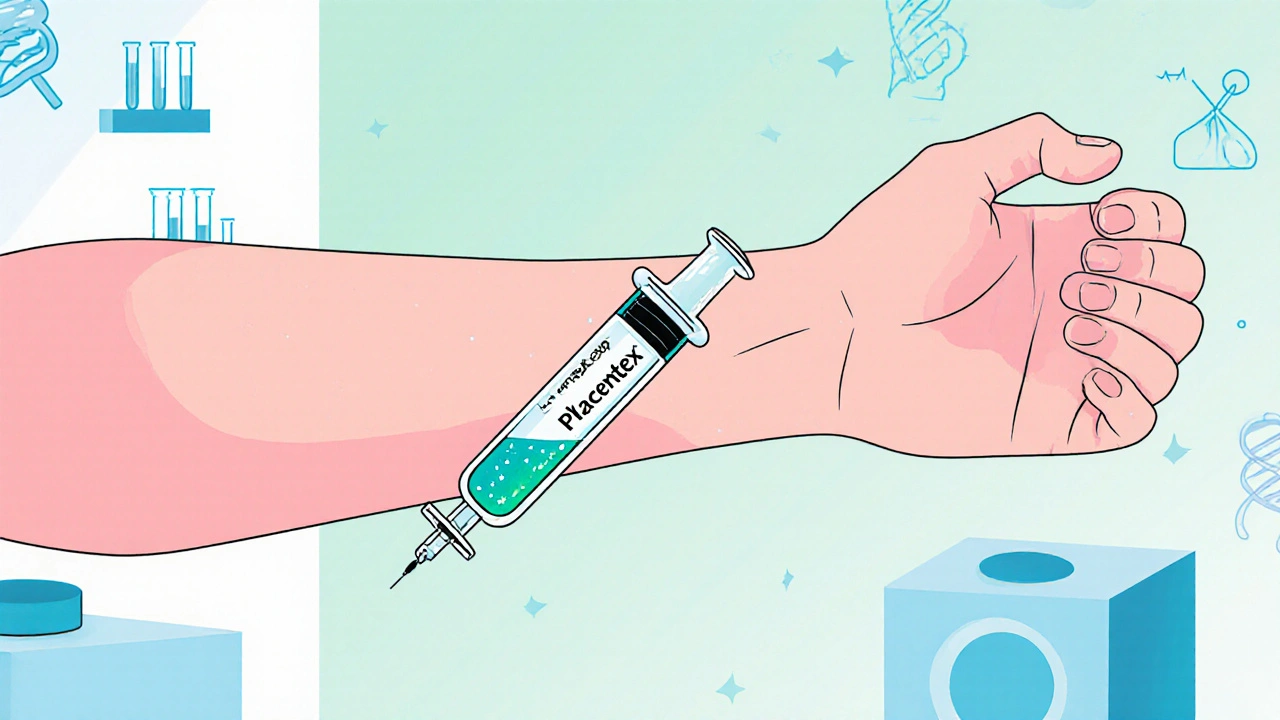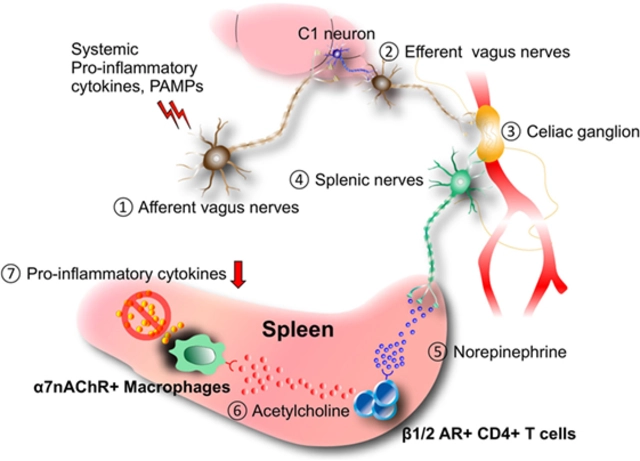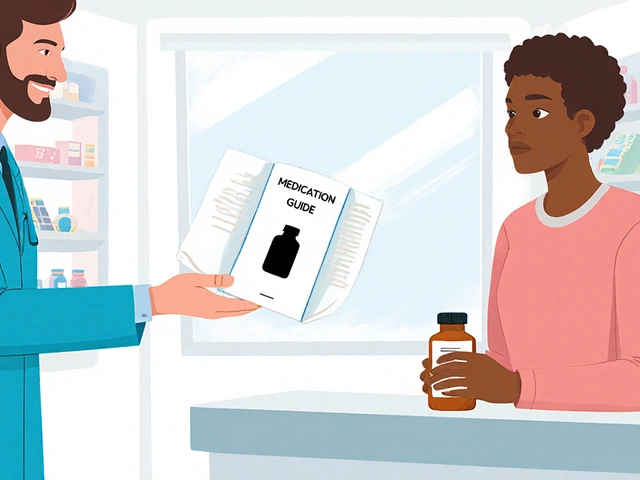Human Placental Extract: What It Is, How It’s Used, and What the Research Says
When you hear human placental extract, a biologic substance derived from the placenta after childbirth, used in some medical and cosmetic treatments to promote tissue repair and reduce inflammation. Also known as placental lysate, it’s not a drug in the traditional sense—it’s a complex mix of proteins, growth factors, and amino acids that your body naturally uses to support fetal development. People use it in clinics for wound healing, joint pain, and even skin rejuvenation, but it’s not FDA-approved as a medication in the U.S. That doesn’t mean it’s not used—it just means the rules around it are different.
It’s often confused with stem cell therapy, a treatment using cells that can turn into different tissue types, often from bone marrow or fat, but they’re not the same. Human placental extract doesn’t contain living cells—it’s a liquid or freeze-dried powder made by breaking down placental tissue. Think of it like a nutrient-rich broth your body might use to kickstart repair, not a cell transplant. It’s also different from regenerative medicine, a broad field that includes PRP, stem cells, and tissue engineering to restore damaged organs or tissues, but placental extract is one tool in that toolbox. Some clinics in Japan, South Korea, and parts of Europe use it for osteoarthritis, chronic wounds, and even hair loss, often after other treatments fail.
What do the studies say? A few small trials show it may reduce pain and swelling in arthritic knees better than saline injections. One 2020 study in the Journal of Orthopaedic Science found patients using placental extract had improved mobility after 12 weeks. But there’s no large-scale, long-term data yet. The FDA hasn’t approved it for any condition, and many products sold online are unregulated. That’s why some doctors are cautious—they see the potential, but they also see the risks of unverified sources. If you’re considering it, ask for the manufacturer’s certificate of analysis, check if it’s sterile, and find out if it’s been tested for viruses or endotoxins.
It’s not magic. It won’t reverse aging or cure diabetes. But for people with stubborn joint pain or slow-healing skin ulcers, it might offer relief where other options haven’t. The real value isn’t in hype—it’s in the science behind the growth factors: FGF, VEGF, TGF-beta, and others that help cells communicate and rebuild tissue. If you’re looking at this as a last-resort option, know what you’re getting into. If you’re just curious, you’re not alone—thousands of people are asking the same questions.
Below, you’ll find real-world guides on how this extract compares to other biologics, what patients actually report, and how to spot safe products in a market full of claims. No fluff. Just what you need to decide if it’s right for you.

Compare Placentrex (human placental extract with nitrogen) to PRP, stem cells, HA and other alternatives, covering efficacy, safety, cost and regulatory status.






